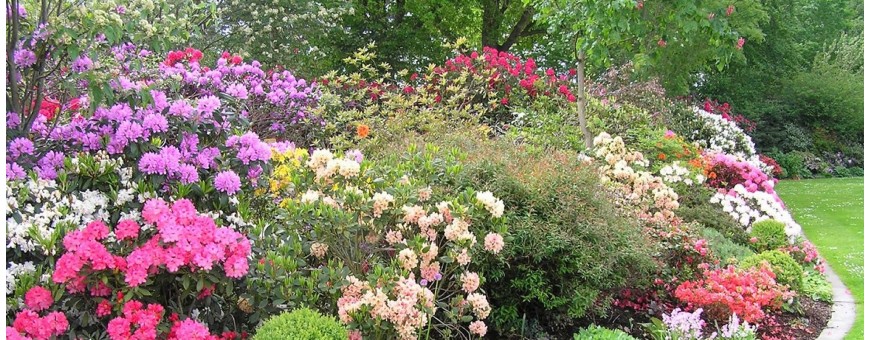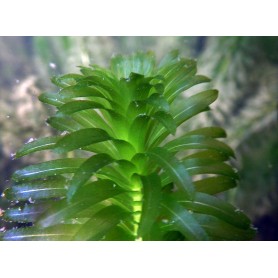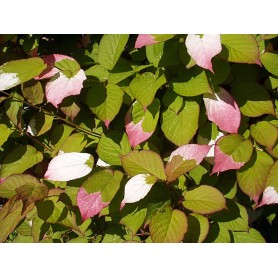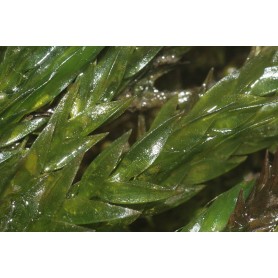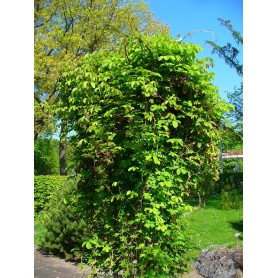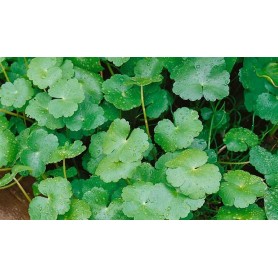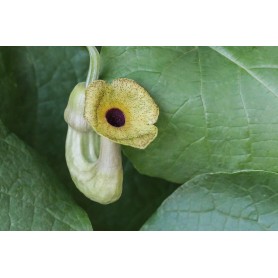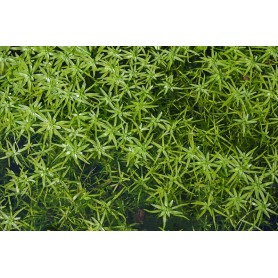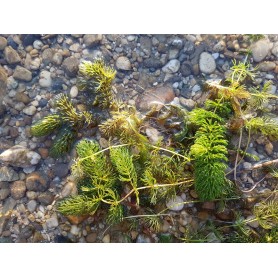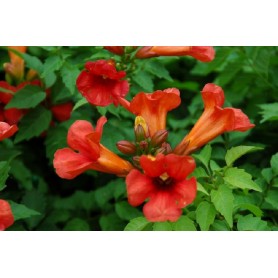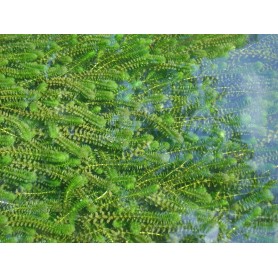Abies balsamea 'Nana'
Abies balsamea "Nana", called balsam fir in English, is a slow-growing dwarf conifer with a compact, round shape. The fine, soft needles are colored light green in the spring and dark green later in the season. The balsam fir flowers in May and June with inconspicuous red flowers followed later by small brown cones. Abies balsamea "Nana" likes a position in full sun and a slightly acidic, fertile, well-drained soil. The plant is very hardy, does not require pruning, tolerates drought and heat well, is air pollution and sea wind tolerant.
€9.80


